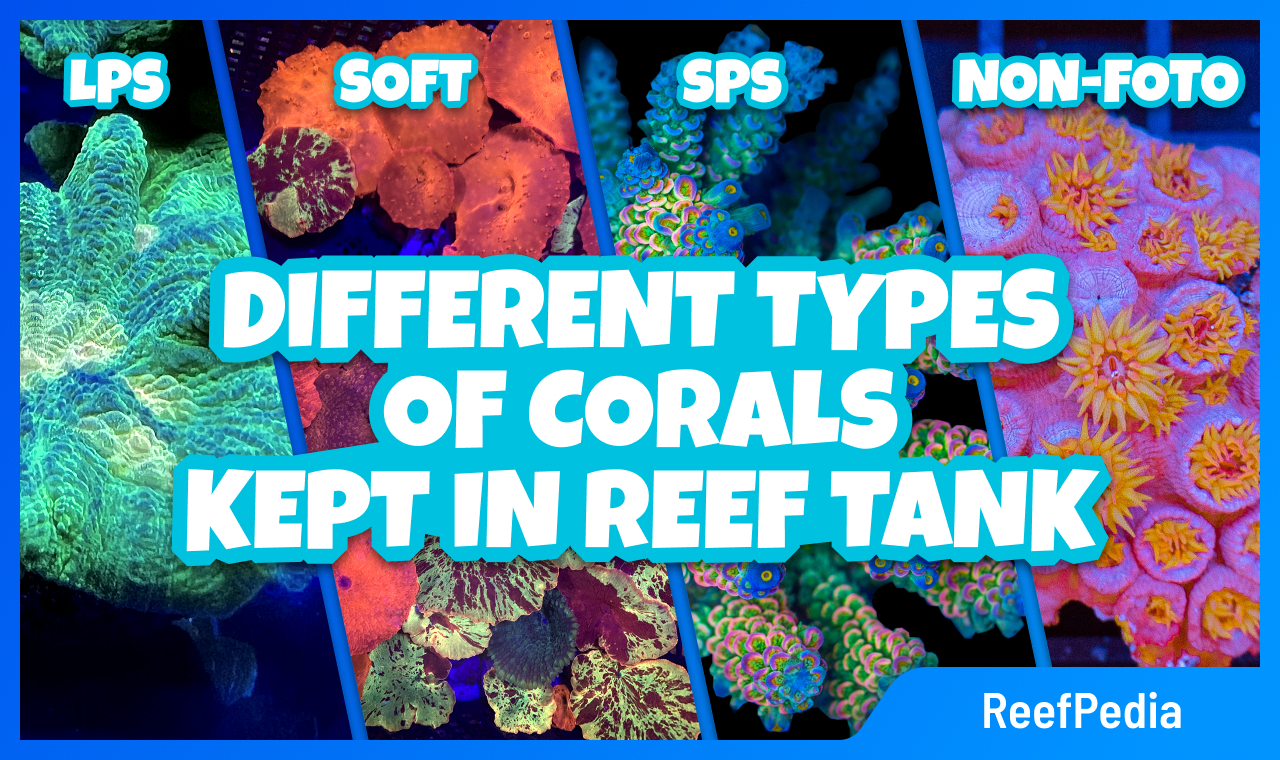Table of Contents
Types of corals – Introduction
Types of corals are especially crucial during the planning and setup stages of a marine aquarium. As marine aquarists, we are passionate about maintaining corals in our aquariums. Typically, we start with soft corals, then attempt to keep LPS (Large Polyp Stony) corals. Advanced aquarists cultivate SPS (Small Polyp Stony) corals, among which Acroporas form the largest group. But what are corals really, and how do these mentioned groups differ from each other?
Let’s begin with the fact that corals are not plants but animals. Moreover, they live at shallow depths where they form diverse, multicolored colonies. They inhabit warm, well-lit, and oxygenated coastal zones. The diversity of corals is vast, so it’s worth getting to know them better before placing them in an aquarium. Interestingly, we recognize four main groups of corals. Furthermore, over 7,000 varieties of corals have been identified, so the diversity is truly enormous.
Types of corals
We distinguish four types of corals found in the seas and oceans:
- Soft corals – These do not form a calcareous skeleton. Examples include Sarcophyton, Sinularia, Capnella, Ricordea, Zoanthus, and Discosoma.
- LPS (Large Polyp Stony corals) – Corals like Goniopora, Euphyllia, Plerogyra, Lobophyllia, and Acanthastrea form hard skeletons with long polyps.
- SPS (Small Polyp Stony corals) – Hard corals with relatively short and small polyps. The most famous are Acropora, Montipora, Stylophora, and Seriatopora.
- Non-photosynthetic corals – These do not possess zooxanthellae, the symbiotic algae that live in the tissues of most corals. Well-known examples are Gorgonia, Menella, and Tubastrea.
Soft corals – Types of corals
Soft corals do not possess a calcareous skeleton, and their polyps are connected by tissue. Those corals are easy to cultivate and forgiving of the mistakes made by beginner aquarists. Therefore, I particularly recommend them to those who are new to this hobby. Soft corals are not sensitive to changes in water parameters, and their maintenance generally does not pose major difficulties.
The most resilient soft corals include Sarcophyton, Sinularia, and Discosoma. They do not prefer overly clean water. Moreover, they thrive in calm water currents. Ricordea corals can be a bit more challenging to maintain, but they do not pose problems in a mature tank. If you choose Zoanthus, it’s important to remember that they prefer a slightly stronger, variable current. It is also good to ensure that no dirt accumulates between the polyps.
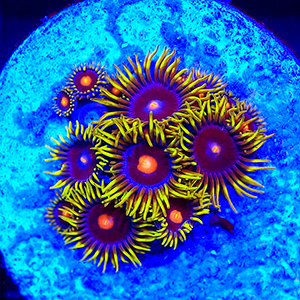
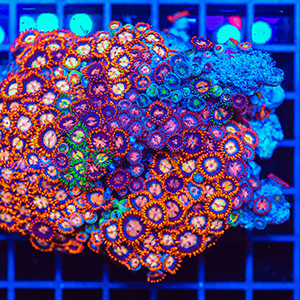
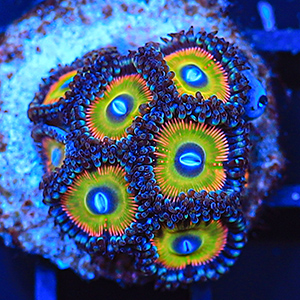
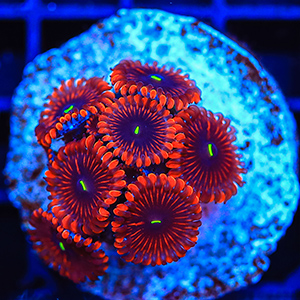
LPS corals – Types of corals
LPS (Large Polyp Stony) corals are somewhat more challenging to maintain than soft corals. They require the monitoring of water parameters and supplementation of macro and micronutrients. Varieties such as Scolymia, Catalaphyllia, and even Euphyllia appreciate being fed directly. When purchasing an LPS coral, it is essential to deepen your knowledge about it and understand its specific needs. The difficulty in maintaining LPS corals compared to soft corals lies in the need for a specific approach for each species. It is crucial to thoroughly understand the requirements of each LPS individually.
Attention should also be paid to the location where the coral is attached. LPS corals grow relatively quickly, which can cause them to “sting” other nearby corals.
There is a lot of information online indicating that LPS corals are sensitive to fluctuations in parameters. Furthermore, these corals require good lighting and good circulation. I want to emphasize again that each LPS coral has its own needs. There are corals, such as Scolymia, which prefer variable circulation. This allows Scolymia to freely accept food. Meanwhile, Euphyllia glabrescens almost always enjoys when the water motion causes its polyps to sway.
Regarding lighting – corals like high-quality lighting because it provides them with the necessary energy for life.
Are LPS corals sensitive to water parameter fluctuations? I would say it varies. Let’s assume we all aim to maintain stable water parameters. Nowadays, keeping parameters at a constant level is fairly straightforward. It requires implementing a few routines or automations in managing the marine aquarium.

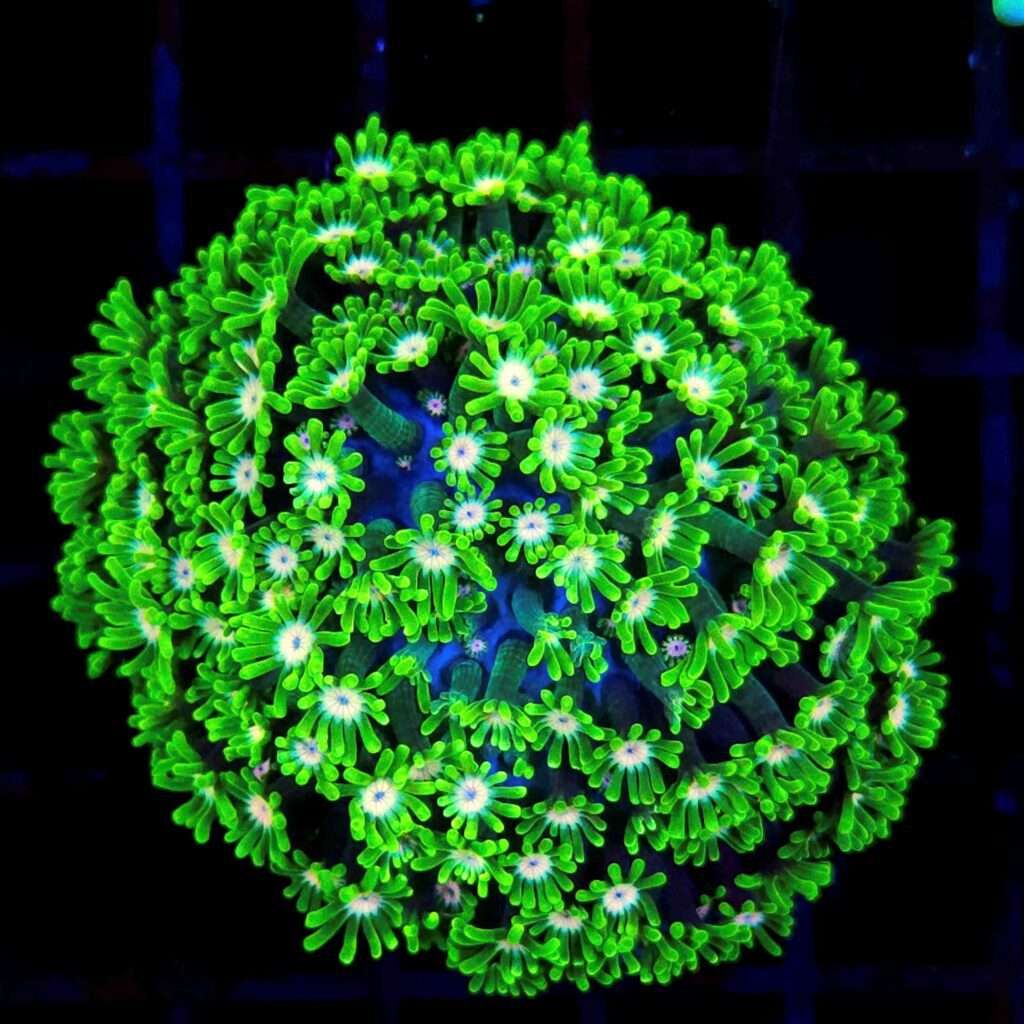
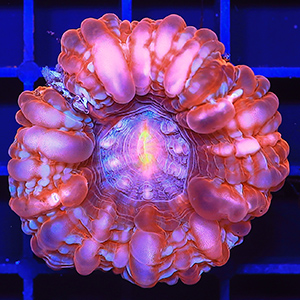
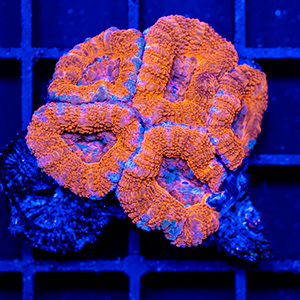
SPS corals – Types of corals
Firstly, SPS (Small Polyp Stony) corals are more challenging to maintain than LPS corals. The difficulty lies in creating a stable environment with consistent parameters for them. Secondly, SPS corals are less forgiving of large mistakes. Acropora corals, which are part of the SPS group, can start to perish if the KH level changes by 1 dKH in the aquarium within a day.
If you are considering cultivating SPS corals, I recommend starting with the easier species. These include Seriatopora, Montipora, and Pocillopora, which are more forgiving than Acroporas.
What must we take care of when thinking about SPS? Definitely a consistent temperature, stable levels of macro and micronutrients, stable low nutrients, high-quality light, and strong, variable circulation are essential.
You can read more about SPS corals in the article titled “SPS corals – Everything about these organisms“,
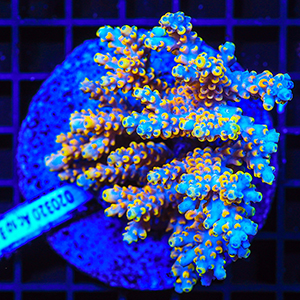
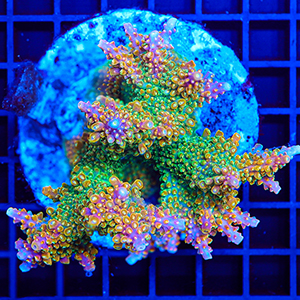
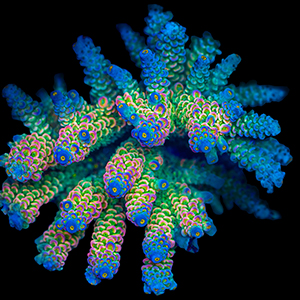
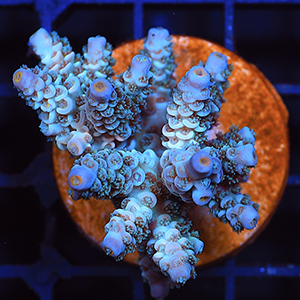
Non-photosynthetic corals – Types of corals
This group of corals does not possess photosynthetic zooxanthellae. Therefore, non-photosynthetic corals feed heterotrophically, and this is associated with the greatest difficulty in their maintenance. They need to be fed with frozen food, phytoplankton, and other types of food.
If these corals end up with inexperienced aquarists, they begin to starve. Among the more challenging are corals from the genera Dendronephthya and Scleronephthya. Conversely, Gorgonians and Dendrophyllia are easier to maintain in a marine aquarium.
Additionally, I encourage you to read the following articles:
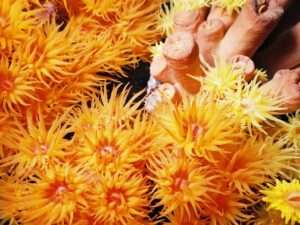
Summary
In this article, I have discussed the various types of corals found in marine aquariums, focusing on their specific needs and cultivation conditions. I detailed the four main groups: soft corals, LPS, SPS, and non-photosynthetic corals, highlighting the differences in their requirements for lighting, water circulation, and feeding. As I mentioned, as a beginner aquarist, I had the opportunity to start with soft corals, which are forgiving and easy to maintain, while more experienced aquarists can experiment with cultivating the more demanding LPS and SPS corals. Additionally, as I noted earlier, non-photosynthetic corals pose a challenge even for advanced keepers. Understanding the needs of each type of coral is crucial for their healthy growth and development in a marine aquarium, underscoring the importance of deeper knowledge on this subject.
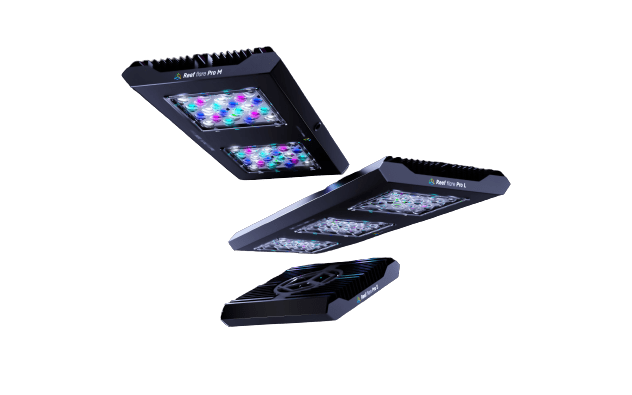
About the author
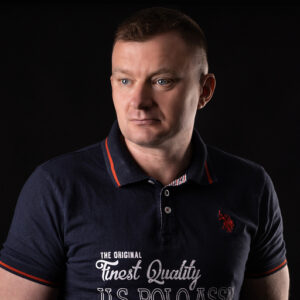
Marek Protasewicz
Reefkeeping has been my passion for over 10 years now. I love learning. The hobby has taught me many valuable lessons, patience being the best example. Combining work and passion is my path. I run Crazy Coral, a marine aquarium shop, for a number of years. Building this business from the scratch I learnt from my own mistakes at a heavy cost.
Later I managed a project aimed at development of methods for quick growth of Corals in non-natural conditions. The project was carried out by Get Sales, Poland. Presently, I am responsible for distribution strategy at Reef Factory, of which I am a co-founder. The company produces smart devices for marine aquaristics. The last projects I have been involved in are Social Reef and ReefPedia.

